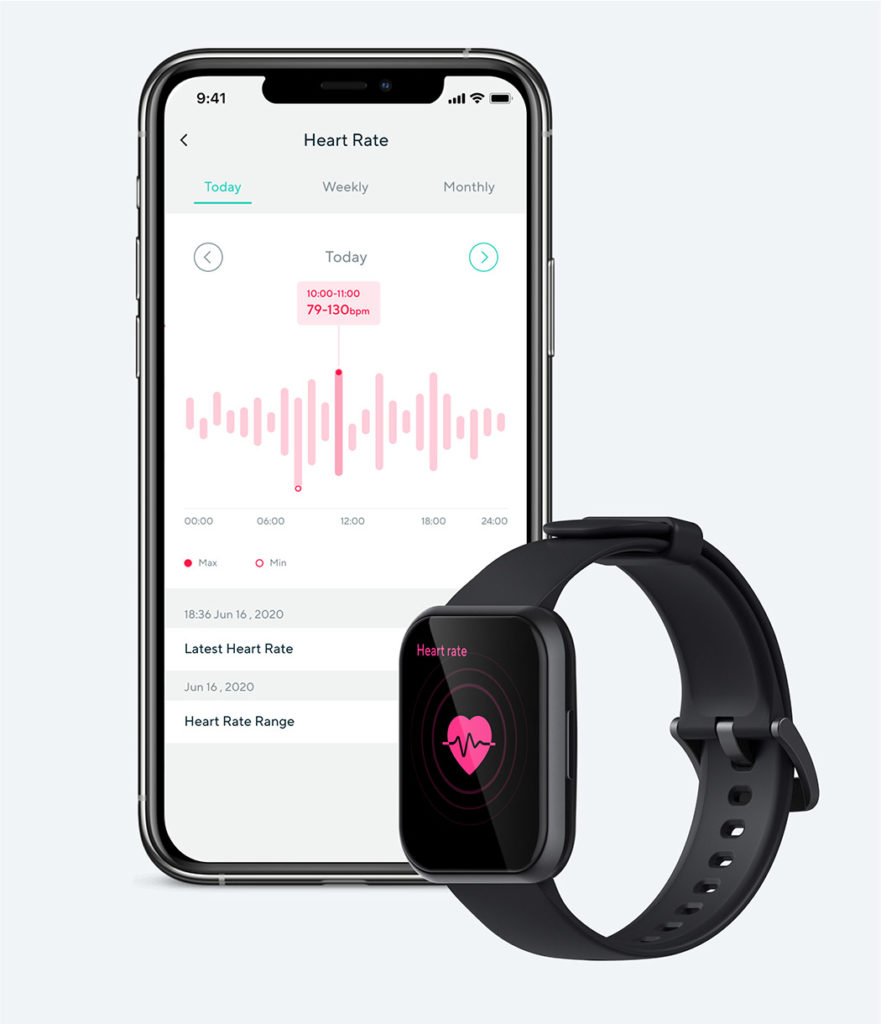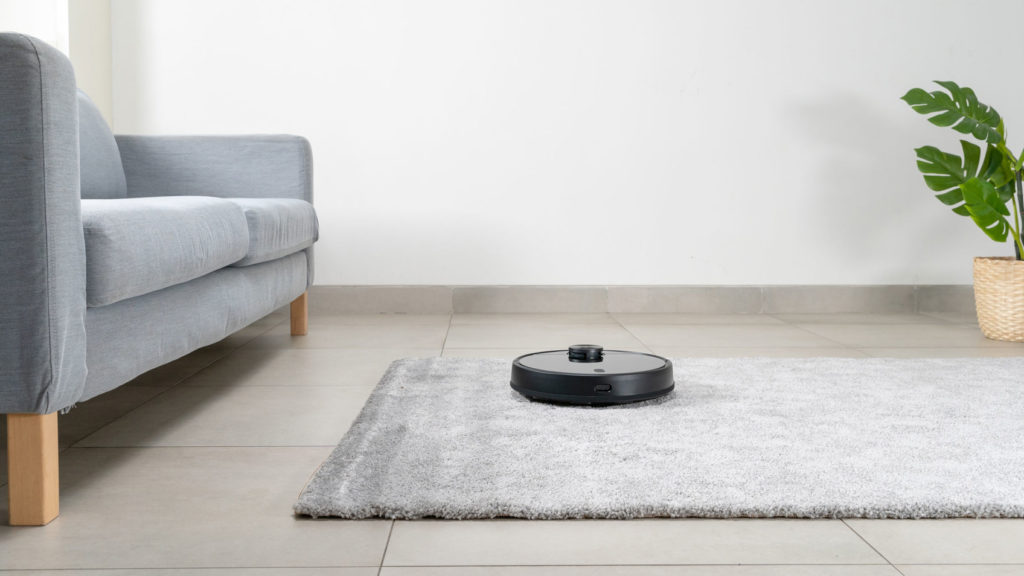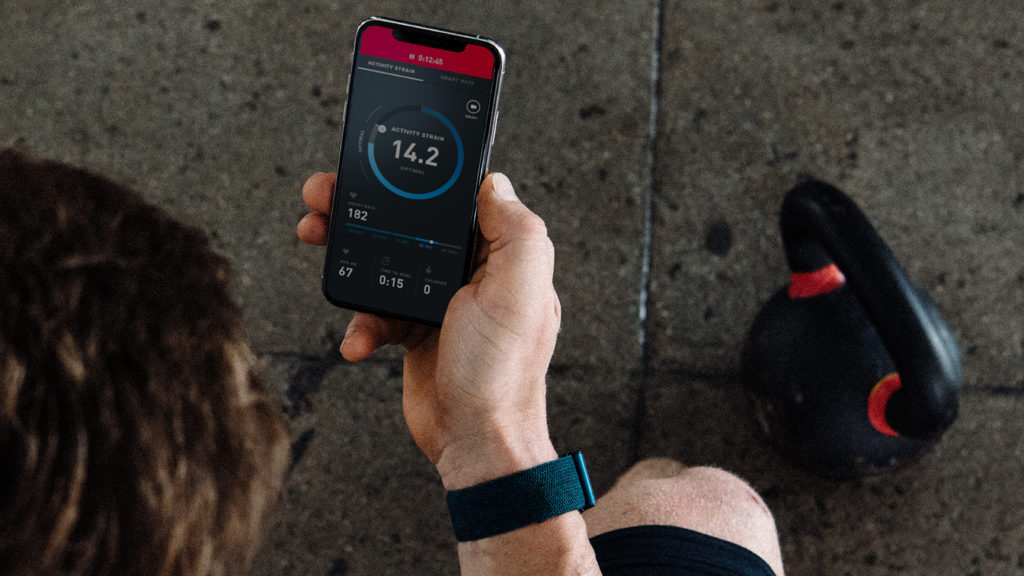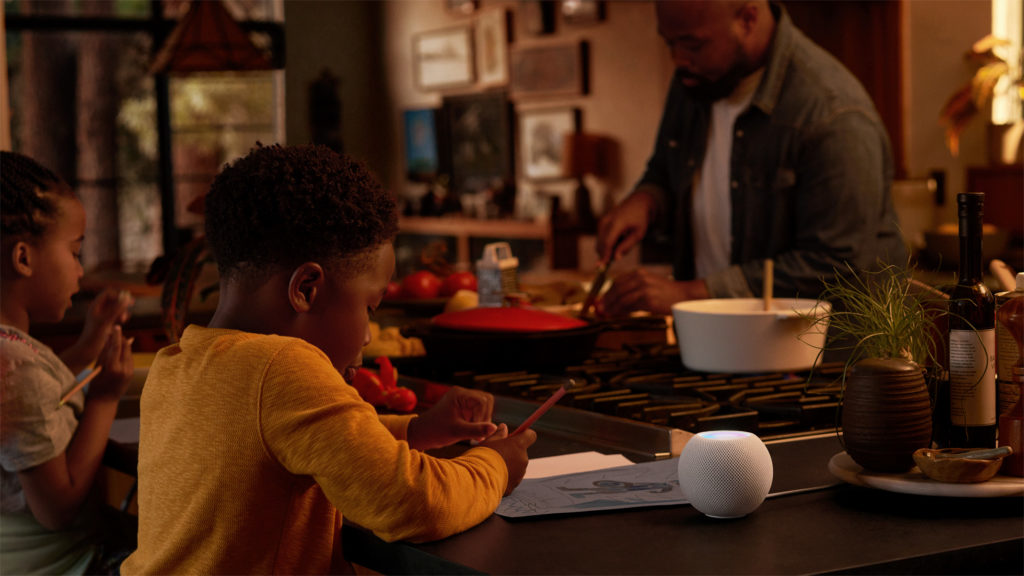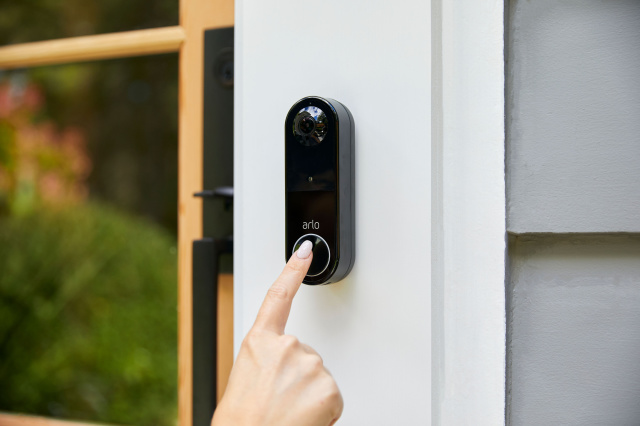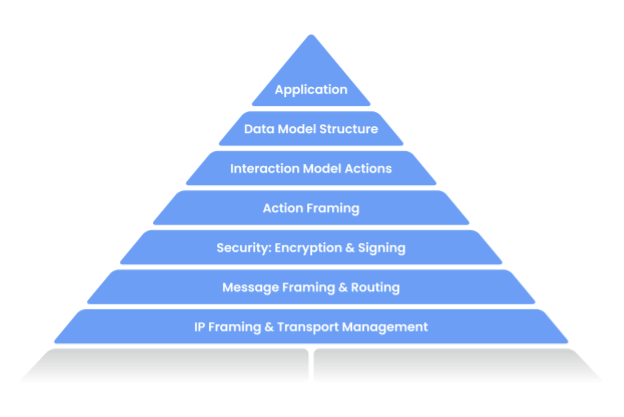This week’s podcast starts with good news. Samsung’s SmartThings platform will once again work with Google devices starting in January. We discuss SmartThings a bit more to cover how sensor company Aeotec is launching a new smart home hub that will work with SmartThings before we move on to Logitech’s new HomeKit-enabled video doorbell. Wyze has launched a home security monitoring service, and ISP equipment provider Calix has teamed up with Arlo. Google reminded us that its Fuschia OS exists, even if we still don’t know what it’s for, and software-based programmable logic controllers are about to hit the industrial IoT. In smaller news bits we cover Google’s Look to Speak, LoRa adding support for QR code provisioning, Apple Music landing on Nest speakers, and Amazon’s new ML service for business metrics. We conclude the show by answering a question about Nest doorbells and LIFX bulbs.
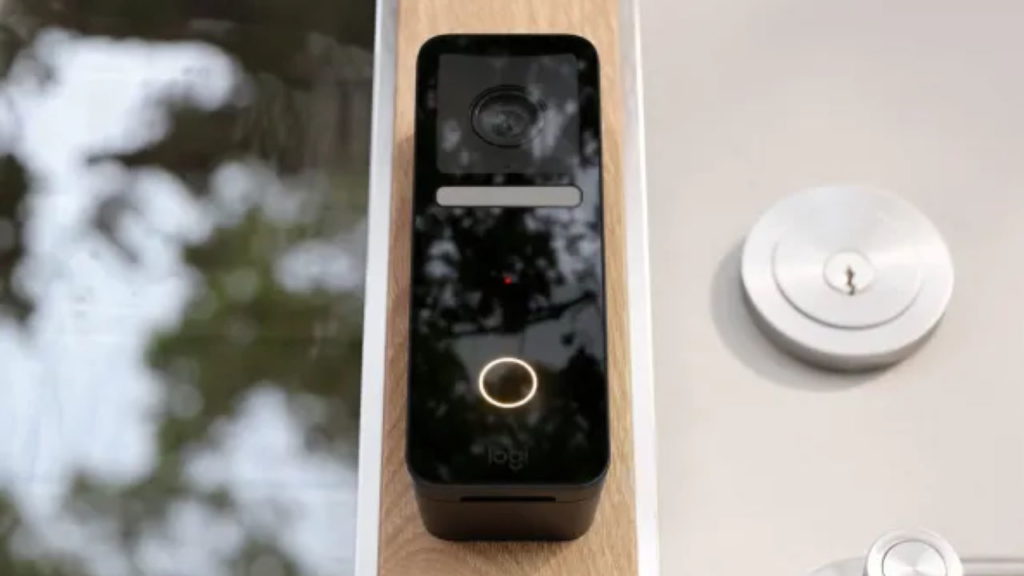
Our guest this week is Sudhir Arni, senior vice president of business outcomes at Sight Machine. We start by talking about the ability to use data to help optimize for additional metrics such as sustainability. We then discuss how the ability to prioritize different metrics and more flexible production lines means that manufacturers are now able to create custom product runs designed for highly targeted audiences. We then discuss how such flexibility and customization will change the roles of manufacturing workers.
Hosts: Stacey Higginbotham and Kevin Tofel
Guest: Sudhir Arni, senior vice president of business outcomes at Sight Machine
Sponsor: Calix
- SmartThings works with Google’s Nest devices at long last
- The first video doorbell with HomeKit Secure Video is from Logitech
- The ACRN hypervisor makes its industrial debut
- Manufacturers can use the IoT to optimize for more than yields or profitability
- More data might mean factory operations staff can go remote
Podcast: Play in new window | Download | Embed
Subscribe: RSS

